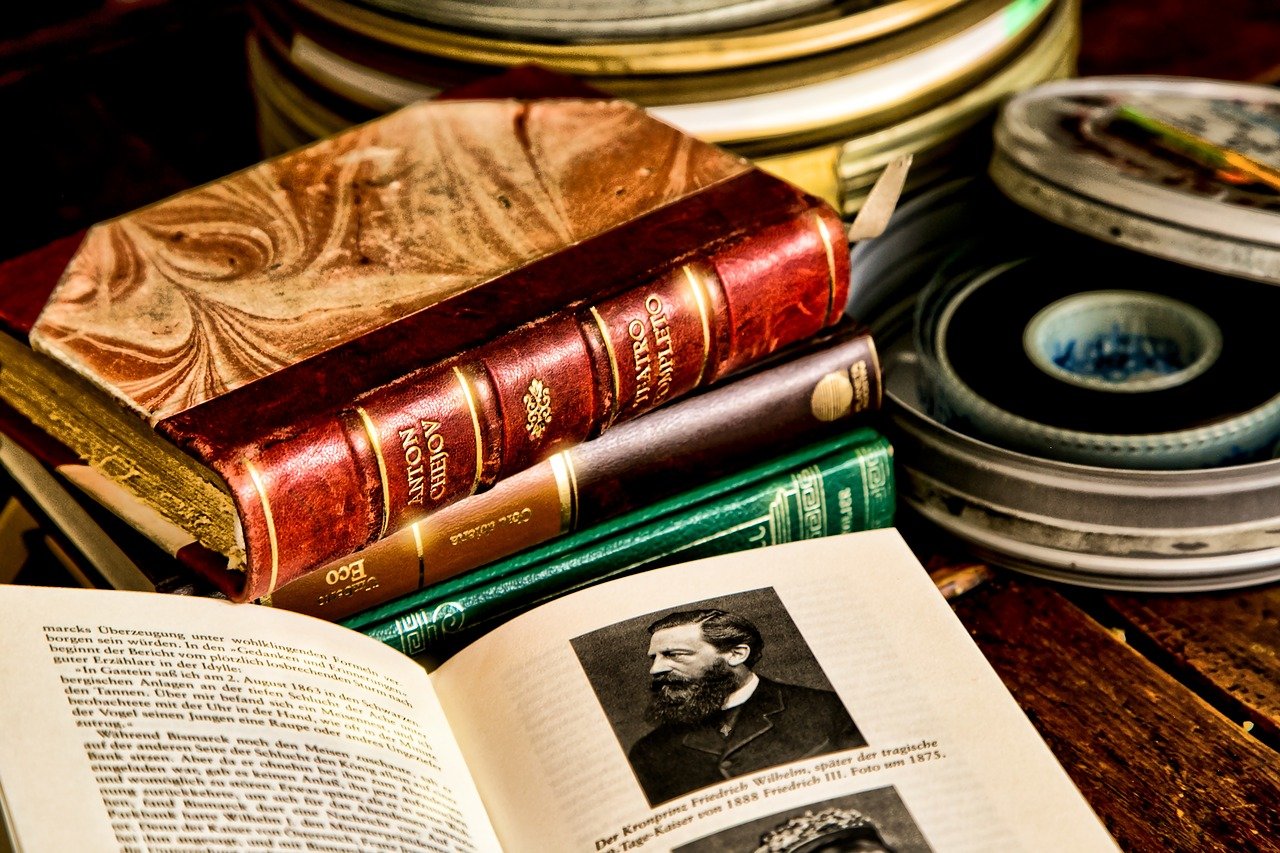Cinema and literature are two very different but equally amazing forms of art. In the 18th and 19th centuries, literature was a popular method of expression; by the 20th century, film had taken its place. Though there are certain similarities and distinctions between these two disciplines, they both have the ability to transport their readers/audience to another realm.
For ages, literature has served as a means of aesthetic expression. Tales of gods and goddesses, heroes and their courageous conquests, historical epics, romantic tragedies, funny events, legendary happenings, and much more have been told by writers. For some years, cinema has been doing the same thing.
One of cinema’s greatest strengths, which is lacking in writing, is the ability to visually present the entire scene on the screen, which allows the viewer to feel more connected to the event.
Literature, Imagination, And Cinema
Literature takes its readers on a voyage of imagination away from the actual world, but cinema displays such an imagined world in front of the audience and does not require them to exert much mental effort in order to explore their fantasies. They essentially see the movie through the eyes of the filmmakers.
To put it another way, literature is a kind of art that develops via writing, whereas cinema brings those writings to life through sound, music, pictures, and performers. Literature contains all of the hidden meanings that are employed to develop in a film. Though they are in some ways intertwined, both must be studied in order to fully comprehend a film based on a work of literature.
Inspiration for Cinema

Furthermore, literature has long served as a major source of inspiration for filmmakers all around the world. Epics such as the Mahabharata and Ramayana have been adapted and reimagined on the silver screen countless times in India. Every now and again, novels by well-known Bengali, Gujarati, Urdu, and English writers are adapted into films.
Although it is easy to say that literature is the first stage in the cinematic process. Because it is the script, dialogues, and screenplay that are developed in order to create a film once it is in production. In the filmmaking process, the production and technical components are secondary. As a result, it would not be incorrect to suggest that those who have been introduced to literature have moved on to movies.
Historical Evidences
One art has made a significant contribution to the other. As history shows, Aladdin, Ali Baba and the Forty Thieves, Hatim Tai, Cinderella, Snow White, and The Prince and the Pauper all sprang from a world of tales and legends. And it was from here that cinema drew its inspiration, creating films based on these stories or sections of them.
J.K. Rowling’s Harry Potter series, Jane Austen’s Pride and Prejudice and Sense and Sensibility, Sarat Chandra Chatterjee’s Devdas, and Homer’s Iliad and Odyssey (on which films like Troy and Oh Brother, Where Art Thou? are based) are just a few examples of filmmakers who have converted books, plays, and even poetry into films.
Chidananda Dasgupta, a Bengali director, notes that when it comes to cinematic adaptations of literature, some characters and occurrences may alter “but the very composition of the elements, the molecular structure if you like, would undergo a transmutation”.
Indirect Impressions of Literature
The film’s goal should not be to be a carbon replica of the literature; rather, it should have its own unique qualities and approaches that would entice the audience to see it. Though many may interpret it as a script for a film in its literary form, it may not be appropriate to view a literary work in this light. Much in written form, it gives the sensation of realism, and when it is put on the silver screen, it amplifies its attributes even more than it does in written form.
Language is another feature that distinguishes a play from a book or a film. Though there are some similarities in the use of language in both media, there are also significant differences between the use of language in literature and film. From literature to film, the connection between time and place is also considerably different. While an event is portrayed as it occurred in literature, filmmakers depict it as it occurs.
A film should not serve as a literary translation of the book it is based on. It needs to be a professional production that has gone from thoughts on paper to dialogues on celluloid.
Recreating Cinema Through Literature
As a result, transferring a work of literature into film may be accomplished by taking into account a few key details. One of them is to film in a succinct manner. There may be specifics about a particular character or circumstance in a movie, just as there are in a book, but the visuals in a movie may readily convey what is stated in words in the book. Also, keep in mind that a movie has a length limit, but a book may be as lengthy as it wants.
The similarities and difference are seen in the way both mediums portray their message. Words are the only method to communicate, yet although a book contains written words, a film contains auditory speech, which is more powerful and realistic. A single scene in a movie is equivalent to a whole sentence or a sequence of sentences in a book. Over the power of written words, the power of auditory and visual experience has a long-lasting effect on the audience.

